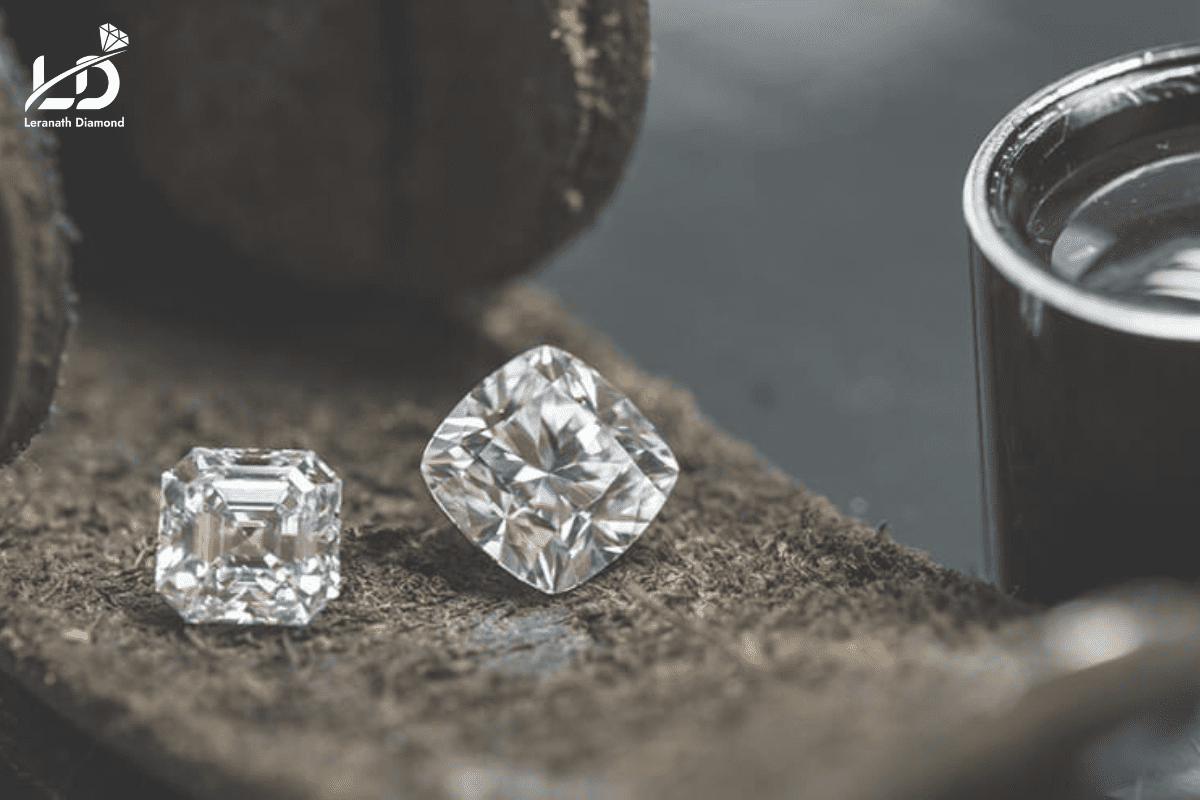The Eternal Sparkle: Why Your Lab Diamond Shines Forever
A question arises when considering lab-grown diamonds: Will it retain its shine forever? The sparkle of a diamond is a result of a complex interplay of brilliance, fire, and scintillation. The short, definitive answer is No: a laboratory diamond does not lose its sparkle with age just because it was formed in a lab-and-or. So, what are the reasons behind this, and let us debunk some common misconceptions behind this worry.
The Core or Fundamental Truth: Atom-by-Atom Equal from the Start
This is the core on which lies the whole premise behind understanding what "lab diamond" stands for:
They Are Real Diamonds: Lab-grown diamonds are not diamond simulants like cubic zirconia (CZ) or moissanite. They are-not fake. They are diamonds, strictly identical to earth-mined diamonds in chemical, physical, and optical properties. They share the same crystal structure, a perfect 10 on the Mohs scale of hardness, and the same thermal conductivity and optical characteristic ability.
Carbon is Carbon: Both mined and lab diamonds are composed of pure carbon atoms arranged in that specific, incredibly strong crystal lattice. The sparkle of a diamond is determined by its fundamental properties, regardless of its origin. Whether it forms naturally deep within the earth or is created in a lab, the sparkle remains the same.
Sparkle From Structure and Cut
A diamond's ability to sparkle primarily depends upon two aspects:
The Inherent Optical Properties: How light comes into the diamond, bends (refraction), internally reflects, and finally exits back out to your eyes. These properties are determined by a crystal structure and purity. The same laws apply to lab-grown and mined diamonds.
Effective Cutting: It is this factor that can either release or restrict the full potential of the stone. A diamond cutter shapes the facets to maximize brilliance. The facets reflect light, disperse it into colorful bursts, and scatter bright flashes, creating scintillation. A dull cut stone will continue to look dull, irrespective of being lab-grown or mined.
So, Where Does The Confusion Arise? More Myths Come Out
There are many reasons behind the misconception that lab diamonds might lose their sparkle:
Confused With Simulants: This is the biggest culprit. Simulants like CZ or white sapphire can and do lose their sparkle over time. Scratches and clouds can come on CZ. While durable, moissanite differs importantly in its optic properties (being doubly refractive) and can develop this oily taxi film that dulls its finish years down the road (and is a breeze to get off!). People abound in stories about loss of brilliance in these stones and therefore distinctly incorrectly apply them to lab diamonds.
Misinformation or Pure Ignorance: The lab diamond industry is growing rapidly, but it's still a younger industry compared to mined diamonds. Despite this, there are claims that lab-grown diamonds are "less stable" or "inferior," which are false and contradicted by scientific evidence.
All Diamonds Suffer Somewear from General Wear and Tear: Scientists know that diamonds are the hardest substance that humans have discovered. However, they are not invincible and can chip, scratch, or alter their light-trapping properties, diminishing their shine and attractiveness. These conditions hold true of all diamonds, be they lab-grown or mined. Fast hard knocks go off hard, no question about its origin.
The Real Culprit: Dirt and Grime! This is undoubtedly the mainstream reason any diamond, whether mined or lab, appears to lose its sparkle. Diamonds are natural grease magnets. Everyday life coats them with lotions, oils, soap scum, dust, and skin cells. This grime builds up on the surface and, most importantly, underneath the stone where it meets the setting. This film drastically reduces light entry and exit, making the diamond look dull, lifeless, and cloudy. This is not a loss of sparkle; it's a temporary veil easily removed with cleaning!
How to Keep Your Lab Diamond Always Sparkle
Since the sparkle itself isn't going anywhere, the key is maintenance. Here is how to ensure your lab diamond shines eternally:
Regular Cleaning: This is non-negotiable.
At Home (Weekly/Monthly): The simplest method is a bowl of warm (not boiling!) water with a few drops of mild dish soap. Soak the jewelry for 15-20 minutes; then, gently scrub with a very soft-bristled toothbrush (baby toothbrushes are ideal), paying attention to the back (pavilion) and underside where grime loves to hide. Rinse thoroughly under warm running water. Dry carefully using a lint-free cloth.
Ultrasonic Cleaners: Generally considered safe for most laboratory-created diamond jewelry provided the setting is secure (no prongs biting to break). Nothing fragile aside from side stones such as emeralds. Always the best to check with your own jeweler first. Use only a jewelry cleaning solution formulated for ultrasonic use. The less often they are used, the better. Once a month is fine.
Professional Cleaning: Have your jeweler have your piece professionally cleaned and inspected once every 6-12 months. They have industrial cleaners and steamers at their disposal, not to mention the ability to check if there are loose settings or damage in your jewelry.
Avoid Harsh Chemicals: Take off your diamond ring for household chores with bleach, any chlorine (be it at pools or hot tubs), strong household cleaners, and even hairspray or lotions. They can start to damage settings (and particularly softer metals like gold) and speed up grime buildup.
Store Safely: When not being worn, keep your diamonds separate from others by using a soft pouch or lined jewelry box. Diamonds can cause scratches on other diamonds and softer gemstones if they come into constant rubbing contact.
Handle with Care: Despite being hard in the literal sense, being struck at the wrong angle (for example on the girdle edge hard on a countertop) can cause a chip. Be cautious with them during rigorous activities.
Periodic Prong Checks: During your regular cleaning sessions, ask your jewelry specialist to check the security of the prongs holding your diamond. A loose prong is a disaster waiting to happen!
Buy Your Custom Shape Lab Grown Diamonds
Stick with those you can trust:
For a seamless shopping experience, Learnath Diamond offers ethically custom lab grown diamond that combine elegance and affordability. Their curated collections feature certified stones, modern designs, and budget-friendly prices, making it easy to find the perfect gift.
Certified Quality: All diamonds come with IGI or GCAL certification. Trendy & Timeless: Choose from minimalist bangles to sparkling tennis bracelets. Transparent Pricing: No hidden costs—great value for luxury. Hassle-Free Service: Easy returns, warranties, and 24/7 customer support.
Look for:
Return policies (for resizing).
Customer reviews.
Warranty for repairs or resizing.
The Verdict: Eternal Sparkle, Guaranteed by Science
Unquestionably, a lab-grown diamond shares the same potentiality for splendor with a mining diamond. This glittering thing is not a temporary distraction; its superlative diamond crystal arrangement imparts a fundamental characteristic to it. High-quality lab diamonds, well-cut to hold the accent of any Kubiela, are capable of dazzling light rays with the greatest intensity today, in 50 years, and for millions of years.
A confusion formed with simulants and a lack of knowledge about diamond science create the myth that lab diamonds fade. And what could weaken a diamond's glare? The same event will qualify to dim the face of a lab diamond as to that of a mined diamond: Dirt, damage, or poor cut.
All one has to do to make sure their beauty will shine forever: selecting a top-grade lab diamond from a reliable source and looking after it lovingly. That brilliance will hit the light for generations, applauding both human innovation and the timeless splendor of the great diamond.

